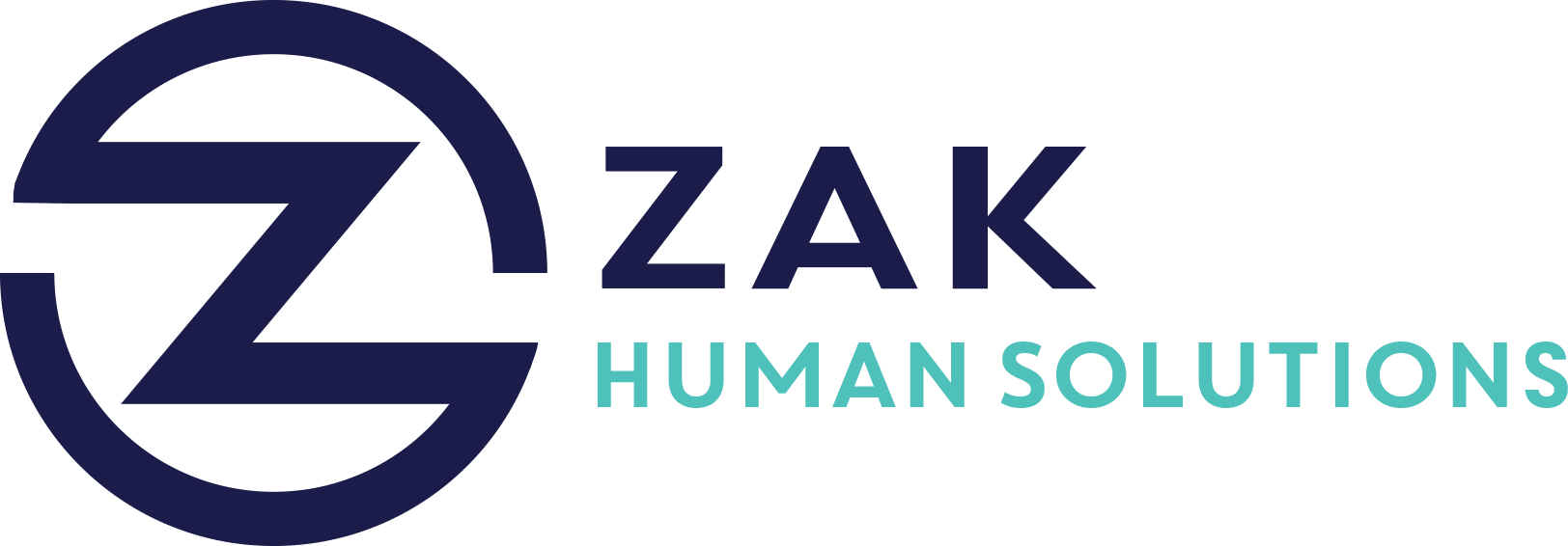Key Takeaways
- Career development is key for employee retention, with companies investing in employee growth witnessing higher profitability and retention.
- Career development should start early and be part of the onboarding process, making growth an integral part of the employee experience.
- Providing reskilling, upskilling, and lateral move opportunities helps employees engage with evolving job requirements without traditional promotions.
- Creating a comprehensive skills database and cross-functional projects can enhance skills and prevent career stagnation.
- Democratizing access to coaching and feedback ensures all employees, not just executives, benefit from career guidance.
- Investing in employee growth aligns with organizational goals, strengthening employees’ commitment and securing company success.
In today’s dynamic business environment, employee retention has become crucial for organizational success. Career development stands as a cornerstone in this pursuit, enabling companies to not only enhance productivity but also bolster employee satisfaction. Let’s delve into the strategies that top-performing companies utilize to foster career growth and retain their most valued assets.
The Strategic Importance of Career Development
Career development is more than just a buzzword; it’s a strategic imperative. Companies that actively invest in their employees’ growth and career paths report higher profitability and retention rates. This commitment sends a strong message to employees that their personal and professional development is a priority, which in turn nurtures a loyal and motivated workforce.
Starting Early: Integrating Career Development in Onboarding
One of the pivotal steps in fostering a culture of growth is to integrate career development into the onboarding process. From day one, new hires should embark on a journey of self-discovery and skill development. This approach ensures that employees see a clear path for progression and know that the organization is invested in their future from the start.
Innovative Approaches to Career Growth
Organizations are expanding their definition of career development beyond traditional promotion tracks. Here are some key strategies they employ:
Reskilling and Upskilling Opportunities
- Reskilling and Upskilling: Offering training programs that develop new competencies or refine existing skills keeps employees engaged and ready to tackle evolving job demands.
- Lateral Moves: Encouraging employees to take on different roles or departments prevents stagnation and broadens their expertise and experience.
Building a Robust Skills Database
- Comprehensive Skills Mapping: Develop a detailed database that maps existing skills and competencies across departments, facilitating targeted training and development efforts.
- Cross-functional Projects: Engage employees in projects outside their immediate job scope. This not only enhances their skill set but also fosters collaboration and innovation within the organization.
Democratizing Coaching and Feedback
Coaching and feedback should not be exclusive privileges for executives; they should be accessible at all levels. Democratizing these tools ensures that everyone benefits from career guidance and growth opportunities.
Effective Coaching Strategies:
- Managerial Training: Equip managers with coaching skills and structured conversation tools to facilitate meaningful development discussions.
- Peer and Group Programs: Establish peer coaching systems or mastermind groups that leverage internal expertise and drive a collective improvement culture.
- Utilize Technology: Implement technology platforms that make coaching accessible and scalable across the workforce, enabling personalized development paths.
Aligning Personal and Organizational Goals
Investment in employee growth must align with the broader organizational goals. This alignment not only ensures the individual’s career aspirations are met but also contributes to the strategic objectives of the company. When employees perceive that their growth is intertwined with the organization’s success, their commitment to the company strengthens, yielding a win-win scenario.




